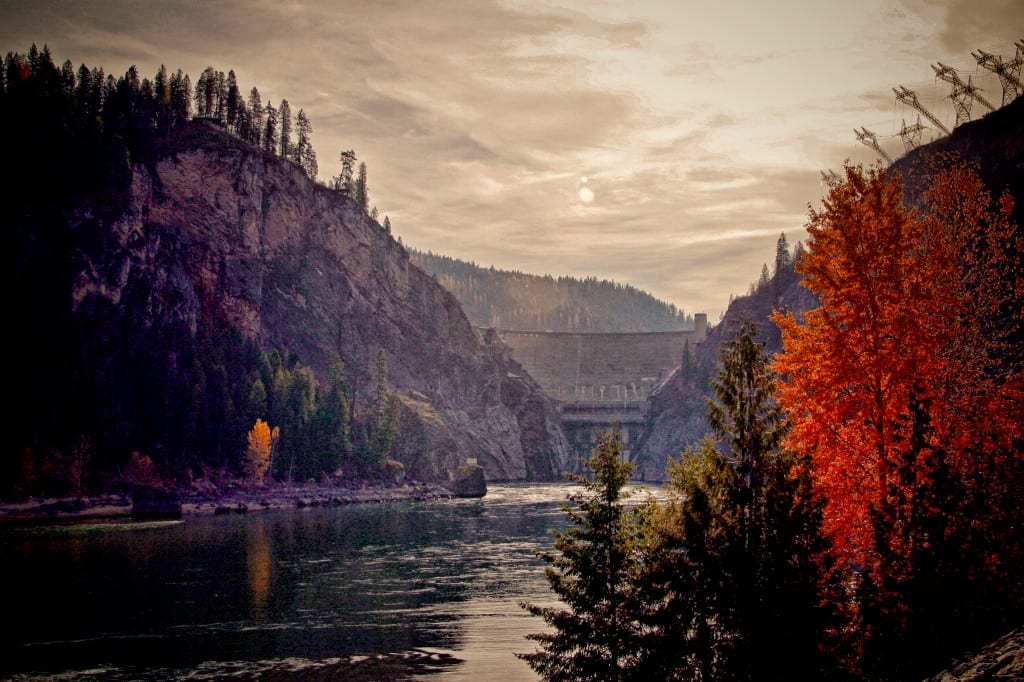
With increasing concern over climate change and energy consumption expected to grow by nearly 50% by 2050, much emphasis is being placed on renewable energy over fossil fuels. Innovation is driving down renewable technology costs while prices for fossil fuels are going up as they become more scarce. With the inevitable transition to renewable energies and technologies on the horizon, let’s look at some of the benefits and types of renewable energy.
Renewable energy vs. non-renewable energy
Renewable energies come from natural sources and, as the name implies, are replenished at much higher rates than consumed. However, they make up just 12.6% of current U.S. energy consumption. Types of renewable energy include solar, wind, and hydropower. Renewable energy sources are vital to tackling climate change. They have fewer environmental and health impacts and carry a low or net-zero carbon footprint.
Fossil fuels are non-renewable energy sources. Once in abundant supply, fossil fuels such as coal, natural gas, and petroleum are rapidly depleting as energy consumption increases. They are major contributors to greenhouse-gas emissions and have detrimental impacts on the environment and our health.
Types of renewable energy
The Pacific Northwest is lucky to have an abundance of renewable energy sources available. As with any energy source, there are advantages and disadvantages with each energy technology. So, learning more about your renewable options will help you make better decisions for your energy future.
Solar
Powered by the sun, solar energy is the most abundant of renewable energy sources. Even in Washington where we’re known for our cloudier days, solar energy has its merits. Solar technology uses specialized panels to harness the power of the sun to create electricity.
Advances in solar technology have made it possible for you to generate clean, renewable energy for your home or business and reduce the amount of electricity you use and buy from City Light, lowering your electricity bills. Contact one of our energy advisors today to learn more.
Wind
Controlling the power of wind is one of the oldest methods of creating energy. Modern wind-energy technology can be found on land or at sea. It uses the movement of air to rotate the blades of large wind turbines to generate power. Wind energy is variable depending on location and conditions, but the potential for wind-power generation exists most anywhere in the world with abundance. Some challenges of employing wind energy include impacts to local wildlife and reluctance by communities who don’t welcome the sight and sound of the turbines.
Water
Like wind, hydropower is one of the oldest renewable energy sources. It generally uses the flow of water to create energy using turbines. Hydropower projects come in all shapes and sizes. For instance, City Light’s largest hydropower project, Boundary Dam, boasts 1,100 megawatts of output, while South Fork Tolt, one of our smallest projects, produces only 6.5 megawatts. In the United States, hydropower currently accounts for about 6.3% of total electric generation. Seattle City Light, however, benefits from 86% of our power mix attributed to hydropower.

Hydropower doesn’t come without its challenges. As with any large-scale infrastructure project, there are impacts to communities and ecosystems. Studying these impacts, investing in sound science, building strong regional partnerships, and remaining adaptable to changing conditions help to offset long-term effects. Also, climate change has made some regions that rely on hydropower more susceptible to reliability issues. As seen in California in 2022, drought dramatically affected its hydropower capabilities—although recent atmospheric rivers have since alleviated this.
Biopower
Biomass fuels are created from algae or plant-based materials and derived from sources such as food or crop waste, forest residue, or microalgae. A multipurpose resource, biomass is used as a liquid fuel for transportation, converted for heating and electricity, or substituted in manufacturing in place of traditional fossil-based fuels.
Geothermal
Tapping into the heat from the earth, geothermal energy brings naturally occurring hot water and steam to the surface for power generation and direct use for heating or cooling. Geothermal energy is extremely clean, reliable and operates on a smaller footprint compared to other technologies. The western United States has the most abundant sources of geothermal reservoirs.
Renewable energy is the key to powering our future. Not only is it clean, safe and efficient, but there are a variety of reliable methods in which it can be used. The demand for energy continues to increase, so it essential to diversify opportunities and maximize cost savings while combating the adverse effects of climate change. We hope this helps shed some light on renewable energy sources for you.
To learn more, visit City Light’s Renewable Energy Services page.
